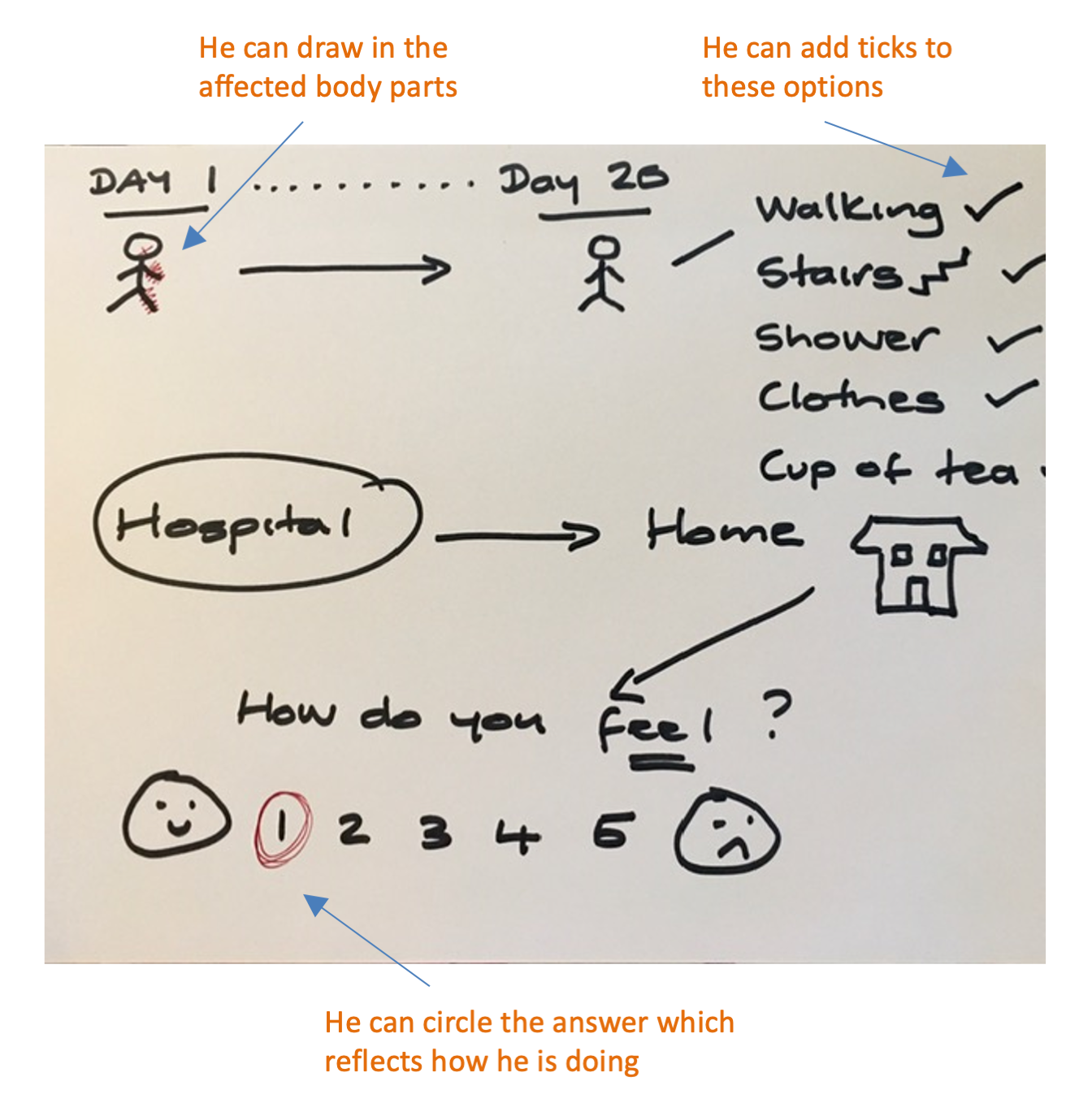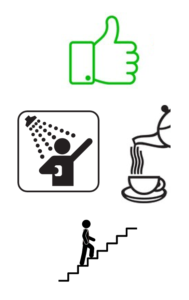Mr McTavish presents with low tone affecting the trunk, hip and shoulder muscles on his left side. He has moderate increased tone affecting the distal muscle groups of the arm and leg.
Management plan- To best manage abnormal tone you should promote ‘normal’ posture and alignment by:
- Ensuring appropriate base of support is created
- Adapting sitting posture in chair to provide ‘normal’ alignment
- Assisting patient to move into appropriate position
- Explaining to the patient the rationale for these management strategies to maximise compliance
- Discussing management strategies with MDT to ensure a coordinated and consistent approach
In law, we are obligated to provide basic care, which is a list of procedures considered essential to keep an individual comfortable. The offer of oral nutrition and hydration are listed within basic care. When the individuals swallowing function is impaired by the stroke, taking a risk management approach to ensure the best quality of life can cause some healthcare professionals to feel uncomfortable, especially if they are involved in assisting the person with eating and drinking. Eating and drinking for comfort with or without acknowledged risks should take steps to avoid aspiration and distressing symptoms such as choking and persistent coughing, whilst attempting to optimise comfort.
The key elements of eating and drinking for comfort
Select each for more information:
Following the phone call Florence and Bob have a discussion about his input into this case.
Florence tells Bob how surprised she is that he didn’t have to do more. Bob explains that Paul has good self-management skills. On this occasion he needed advice and guidance which he was able to offer by telephone. Bob tells Florence about other sources of advice and support for return to work eg: Occupational Therapist (Vocational Rehabilitation), local employability services and Occupational Health. Paul will continue to self manage as he works towards his goals. Bob will contact him to see how he is getting on in a few weeks.
See Bob’s diary on the next page to see how Paul has got on.

This is the module test for Reducing the risk of venous thromboembolism. It is strongly recommended that you work through the learning materials of the module prior to commencing this test. By going straight to the test you may miss out on valuable learning contained within the module. The answers to all the test questions are contained within the module.
There are 20 questions and you must answer all of these correctly to obtain a certificate of completion.
You should allow approximately 20 minutes to complete the test.







